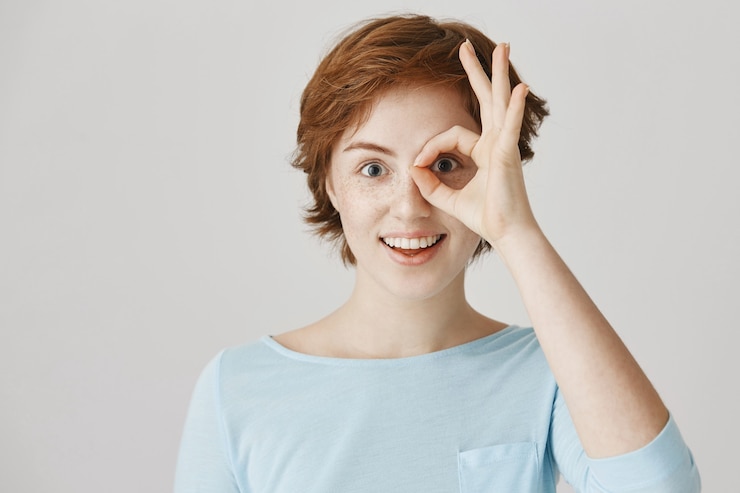
How Does an Image Form Inside Our Eyes?
The way our eyes create images is a lot like how a digital camera works. Light enters the eye and bends, or refracts, as it passes through the cornea. After that, the lens adjusts its shape to focus the light onto the retina. The retina contains special photoreceptors that respond to light (photons) and turn them into electrical signals. These signals are then sent to the brain, where they’re processed into the images we see.
Vision Problems
One common issue with vision involves the strain on the muscles that control the shape of the eye’s lens. These muscles can become overworked when we spend a lot of time focusing on nearby, flickering objects like computer screens. If the muscles don’t get a chance to relax, they can stiffen and accumulatectic acid, which leads to eye pain. A simple way to resolve this is to take regular breaks by looking at distant objects. This helps the muscles relax, improves blood flow, and reduces the buildup of lactic acid.
Our eyes are incredibly adaptable, but they need rest to recover. Spending excessive time in front of a screen can slow down the eye’s ability to adjust its focus and reduce muscle flexibility. This happens because staring at a fixed, close distance—like a monitor—disrupts the eye’s natural habit of shifting focus between nearby and faraway objects. Over time, the lens can lose its elasticity, making it harder for the eyes to adjust.
Additionally, the quick, repetitive eye movements required to shift focus between the screen and keyboard can strain the visual system. Normally, the eyes make small movements about 50 to 60 times per second to maintain clear vision and manage tension. However, deep concentration during tasks like typing or reading on a screen causes the eyes to lose this habit of shifting focus, which can lead to discomfort or strain.
How to Prevent Eye Strain
To minimize strain, ensure your computer screen meets certain size requirements for better clarity. A screen size of at least 15 inches is recommended, though 17 inches or larger is ideal for comfort.
Another tip is to harmonize the monitor’s colors with its surroundings. Most monitors have gray casings, and pairing that with overly bright or mismatched desktop backgrounds can worsen eye strain. Opt for darker monitor frames or choose desktop backgrounds that aren’t much lighter than the monitor’s casing to reduce visual fatigue.
Adjusting Brightness and Contrast
Eye strain can also come from using screens that are too bright or blurry. Poorly calibrated displays force your eyes to work harder, leading to discomfort. To reduce strain, adjust your monitor’s brightness, contrast, and color calibration according to what feels comfortable for your eyes. If you’re unsure how to do this, consider asking someone experienced to help you make these adjustments.
A common issue from prolonged computer use is dry eyes, which can cause irritation and, if ignored, lead to more serious problems like infections. Dry eyes often happen because of decreased blinking while focusing on a screen. To combat this, take frequent breaks to relax your eyes. You can also manage the room’s humidity, keeping it at around 50%, and maintain optimal room temperatures: 18–24°C in summer and 20–26°C in winter.
By making these small adjustments and practicing proper eye care, you can help protect your vision and reduce discomfort caused by heavy screen time.